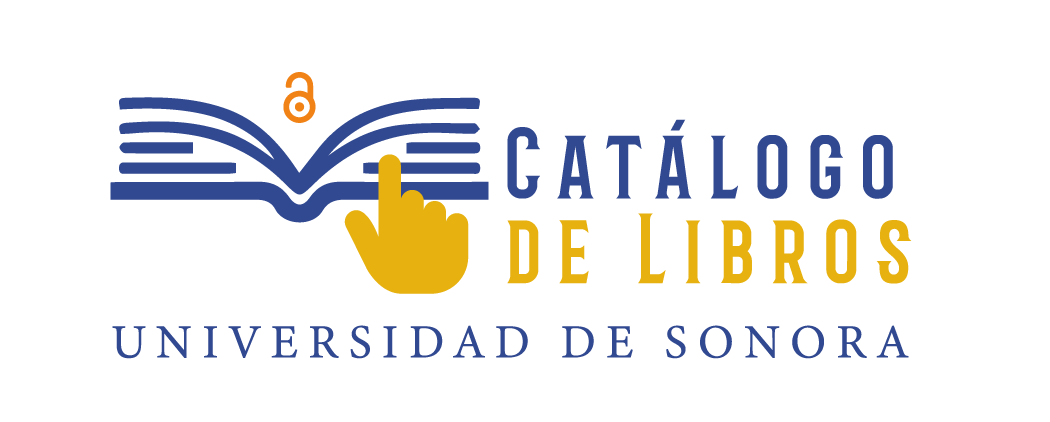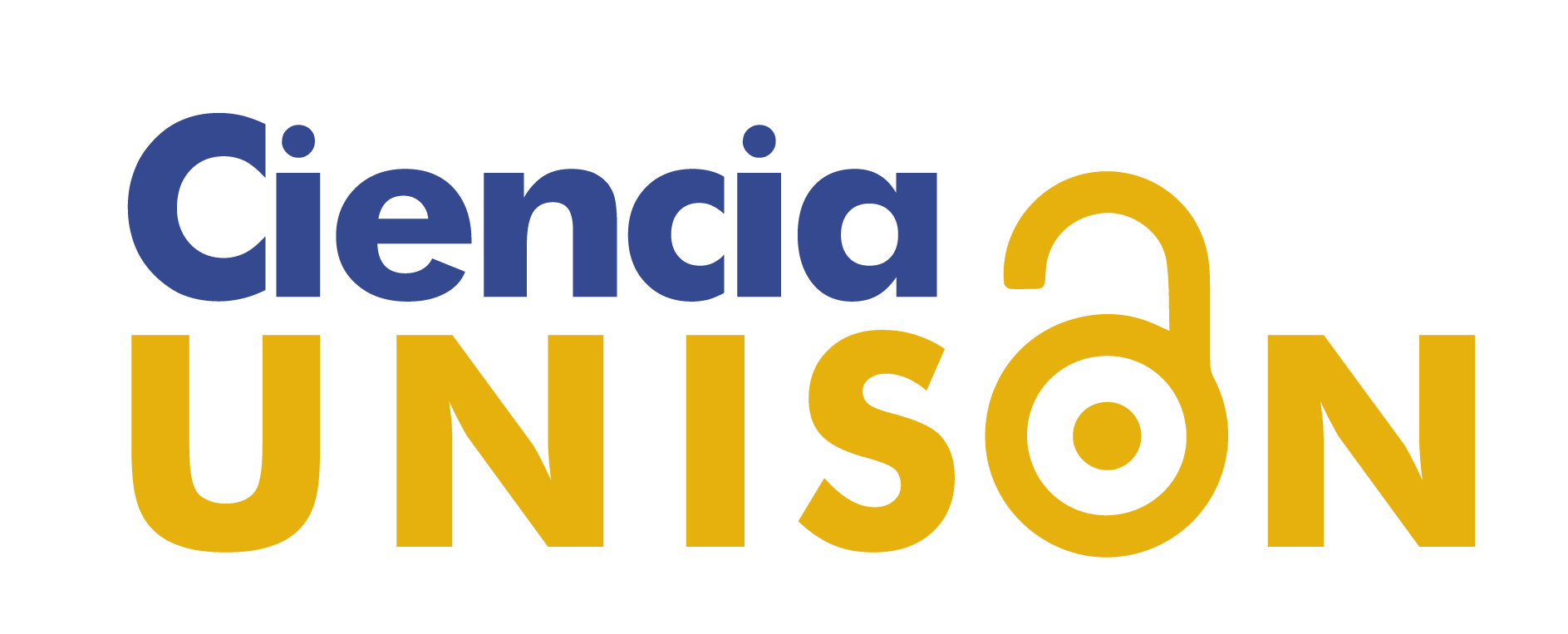Relationship between body composition and physical performance in amateur middle-distance triathletes
DOI:
https://doi.org/10.18633/biotecnia.v26.2283Keywords:
Triathlon, performance, explosive strength, muscle massAbstract
In endurance sports such as triathlon, the different determining factors to improve performance, such as energy efficiency, lactic threshold and VO2, are directly related to the body composition of the triathlete as well as the force that he or she can apply and sustain. during the long competition routes, therefore, these last two variables mentioned become relevant in planning, monitoring and control in favor of sports development. Objective: Determine the relationship between physical performance and body composition in amateur middle distance triathletes. Population: 16 male triathletes age groups (age 37.3±4.9 years, weight 69.2±13.8 kg, height 170.7±10.7cm, muscle mass 35.8±5.9kg, bone mass 11.0±2.1 kg, fat percentage 13.8±3.3%). Methodology: Physical performance was evaluated through the 400m swimming test, FTP in cycling and 3000m running, explosive strength through the height and power of SJ and CMJ and body composition through the restricted profile. by ISAK. Results: A significant relationship was found between the wingspan and the length of the forearm with a better pace x 100m in swimming -0.511* (p=0.043), -0.619* (p=0.010) respectively. Muscle mass was related to pace per 100m in swimming -0.619* (p=0.010) and with a better pace per kilometer in running -0.534* (p=0.033). CMJ was related to FTP performance in cycling 0.689** (p=0.003), as was SJ and fat percentage with cycling performance 0.570* (p=0.021), -0.711** (p =0.002), respectively. Conclusion: Significant and relevant correlations of physical performance, explosive strength and body composition of the studied population are presented.
Downloads
References
Alvero, J. R., Cabañas, M. D., Herreno, A., Martinez, L., Moreno, C., Porta, J., Sillero, M., & Sirvent, J. (2009). Protocolo de valoración de la composición corporal para el reconocimiento médico-deportivo. Documento de consenso del grupo español de cineantropometría de la federación española de medicina del deporte. Archivos de Medicina Del Deporte, XXVI(131), 166–179. http://archivosdemedicinadeldeporte.com/articulo/es/43/2001/409/
Alvero-Cruz, J. R., García Romero, J. C., Ordonez, F. J., Mongin, D., Correas-Gómez, L., Nikolaidis, P. T., & Knechtle, B. (2021). Age and Training-Related Changes on Body Composition and Fitness in Male Amateur Cyclists. International Journal of Environmental Research and Public Health, 19(1), 93. https://doi.org/10.3390/ijerph19010093
Anjos, M. A., Fernandes, J., & Novaes, J. (2003). Características antropométricas, dermatoglíficas y fisiológica del atleta de triatlón. Fitness & Performance Journal, 2(1), 49–57. https://doi.org/10.3900/fpj.2.1.49.s
Aurell-Badenas, V., Murias-Lozano, R., Rodríguez-López, ES., & García-Giménez, A. (2020). Eficacia de la pliometría en la fatiga neuromuscular en triatlón: estudio piloto. Revista Internacional de Medicina y Ciencias de La Actividad Física y Del Deporte, 20(79), 551–566. https://doi.org/10.15366/rimcafd2020.79.011
Balsalobre, C., Del Campo, J., Tejero, C., & Alonso, D. (2012). Relación entre potencia máxima, fuerza máxima, salto vertical y sprint de 30 metros en atletas cuatrocentistas de alto rendimiento. Apunts Educación Física y Deportes, 108, 63–69. https://doi.org/10.5672/apunts.2014-0983.es.(2012/2).108.07
Beretic, I., Romanov, R., & Stupar, D. (2023). The Relationship Between Anthropometric Variables and Swimming Efficiency in Early Pubescent Female Front Crawl Swimmers. International Journal of Morphology, 41(1), 303–307. https://doi.org/10.4067/S0717-95022023000100303
Canda, A. S., Castiblanco, L. A., Toro, A. N., Amestoy, J. A., & Higueras, S. (2014). Características morfológicas del triatleta según sexo, categoría y nivel competitivo. Apunts Medicina de l’Esport, 49(183), 75–84. https://doi.org/10.1016/j.apunts.2013.12.004
Cejuela, R., Perez, J., Villa, J., Cortell, J., & Rodríguez, J. (2007). Análisis de los factores de rendimiento en triatlón distancia sprint. Journal of Human Sport and Exercise, 2(2), 1–25. https://doi.org/10.4100/jhse.2007.22.01
Corredor-Serrano, L. F., García-Chaves, D. C., & Arboleda-Franco, S. A. (2022). Composición corporal y somatotipo en jugadores de baloncesto universitario colombianos por posición de juego. RETOS. Nuevas Tendencias En Educación Física, Deporte y Recreación, 45, 364–372. https://doi.org/10.47197/retos.v45i0.85979
Coso, J. Del, González-Millán, C., Salinero, J. J., Abián-Vicén, J., Soriano, L., Garde, S., & Pérez-González, B. (2012). Muscle damage and its relationship with muscle fatigue during a half-iron triathlon. PLoS ONE, 7(8), e43280. https://doi.org/10.1371/journal.pone.0043280
Faulkner, J. (1958). Physiology of swimming and diving (H. Falls, Ed.). Exercise Physiology. Baltimore- Academic Press.
Ferriz-Valero, A., Martínez-Sanz, J. M., Fernández-Sáez, J., Sellés-Pérez, S., Cejuela-Anta, R., & Ferriz Valero, A. (2019). Perfil antropométrico de jóvenes triatletas y su asociación con variables de rendimiento. Archivos de Medicina Del Deporte, 37(3), 169–175. https://dialnet.unirioja.es/servlet/articulo?codigo=7603229
Fuentes-Barria, H., Valenzuela-Perez, D., & Fuentes-Kloss, R. (2020). Relationship between aerobic capacity and jumping as strategy for optimizing athletic performance in amateur runners. Revista PODIUM, 15(2), 360–370. http://scielo.sld.cu/pdf/rpp/v15n2/en_1996-2452-rpp-15-02-360.pdf
García-Pinillos, F., Cámara-Pérez, J. C., González-Fernández, F. T., Párraga-Montilla, J. A., Muñoz-Jiménez, M., & Latorre-Román, P. Á. (2016). Physiological and Neuromuscular Response to a Simulated Sprint-Distance Triathlon. Journal of Strength and Conditioning Research, 30(4), 1077–1084. https://doi.org/10.1519/JSC.0000000000001172
García-Pinillos, F., Cámara-Pérez, J. C., Soto-Hermoso, V. M., & Latorre-Román, P. Á. (2017). A High Intensity Interval Training (HIIT)-Based Running Plan Improves Athletic Performance by Improving Muscle Power. Journal of Strength and Conditioning Research, 31(1), 146–153. https://doi.org/10.1519/JSC.0000000000001473
González, C., Galilea, P., Drobnic, F., & Padullés, J. (2005). Validación de un test de natación, evaluando la velocidad aeróbica máxima (VAM) para calcular los ritmos de entrenamiento para triatletas y nadadores. Apunts Educación Física y Deportes, 79, 94–99. https://raco.cat/index.php/ApuntsEFD/article/view/300989
González, Y., & Mendoza, D. (2017). Predicción del tiempo en la prueba de 300 metros en patinadores juveniles de rendimiento. Revista U.D.C.A Actualidad & Divulgación Científica, 20(2). https://doi.org/10.31910/rudca.v20.n2.2017.384
Guillén, L., Mielgo-Ayuso, J., Norte-Navarro, A., Cejuela, R., Cabañas, M., & Martínez-Sanz, J. (2015). Composición corporal y somatotipo en triatletas universitarios. Nutrición Hospitalaria, 32(2), 799–807. https://doi.org/10.3305/nh.2015.32.2.9142
Jiménez-Reyes, P., Cuadrado-Peñafiel, V., & González-Badillo, J. J. (2011). Análisis de variables medidas en salto vertical relacionadas con el rendimiento deportivo y su aplicación al entrenamiento. Cultura, Ciencia y Deporte, 6(17), 113–119. https://doi.org/10.12800/ccd.v6i17.38
Knechtle, B., Knechtle, P., Rüst, C. A., & Rosemann, T. (2011). A comparison of anthropometric and training characteristics of Ironman triathletes and Triple Iron ultra-triathletes. Journal of Sports Sciences, 29(13), 1373–1380. https://doi.org/10.1080/02640414.2011.587442
Landers, G. J., Blanksby, B. A., Ackland, T. R., & Smith, D. (2000). Morphology and performance of world championship triathletes. Annals of Human Biology, 27(4), 387–400. https://doi.org/10.1080/03014460050044865
Lätt, E., Jürimäe, J., Mäestu, J., Purge, P., Rämson, R., Haljaste, K., Keskinen, K. L., Rodríguez, F., & Jurimae, T. (2010). Indicadores Fisiológicos, Biomecánicos y Antropométricos del Rendimiento del Esprint de Natación en Nadadores Adolescentes. PubliCE, 2010. https://journal.onlineeducation.center/api-oas/v1/articles/sa-G57cfb271ebab3/export-pdf/indicadores-fisiologicos-biomecanicos-y-antropometricos-del-rendimiento-del-esprint-de-natacion-en-nadadores-adolescentes-1295?_gl=1*1l1jpxj*_ga*NzgxNzQ4NDE2LjE3MDk2NjcyNDc.*_ga_VZZRDR12S5*MTcwOTY2NzI0Ny4xLjEuMTcwOTY2NzI5Ni4xMS4wLjA.
Lee, R., Wang, Z., Heo, M., Ross, R., Janssen, I., & Heymsfield, S. (2000). Total-body skeletal muscle mass: development and cross-validation of anthropometric prediction models. The American Journal of Clinical Nutrition, 72, 796–803. https://doi.org/10.1093/ajcn/72.3.796
Madroñero, J., Castellar, J., Gutiérrez, S., García-Chaves, D., & Corredor-Serrano, L. (2023). Asociación entre la composición corporal, fuerza explosiva y algunos parámetros de desempeño físico en los jugadores del rugby sevens universitario. Biotecnia, 25(3), 146–153. https://doi.org/10.18633/biotecnia.v25i3.2102
Morouço, P. G., Marinho, D. A., Amaro, N. M., Pérez-Turpin, J. A., & Marques, M. C. (2012). Effects of dry-land strength training on swimming performance: a brief review. Journal of Human Sport and Exercise, 7(2), 553–559. https://doi.org/10.4100/jhse.2012.72.18
Mueller, S. M., Knechtle, P., Knechtle, B., & Toigo, M. (2015). An Ironman triathlon reduces neuromuscular performance due to impaired force transmission and reduced leg stiffness. European Journal of Applied Physiology, 115(4), 795–802. https://doi.org/10.1007/s00421-014-3051-2
Muriel, X., Cámara-Tobalina, J., Fernández-López, J., & Pallarés, J. (2012). Validez del test de salto para la valoración del rendimiento anaeróbico y la asimetría en el ciclismo de alto nivel. SPORT TK-Revista EuroAmericana de Ciencias Del Deporte, 1(1), 39. https://doi.org/10.6018/185541
Niño, W., & Leguizamo, J. (2020). Correlación entre el umbral funcional de potencia (ftp) y el umbral de lactato en los ciclistas del equipo “boyacá es para vivirla”. Revista Salud, Historia y Sanidad On-Line, 15(1), 11–15. https://doi.org/https://doi.org/10.5281/zenodo.4682251
Ojeda-Aravena, A., Azocar-Gallardo, J., Hernandez-Mosqueira, C., & Herrera-Valenzuela, T. (2021). Relación entre la prueba de agilidad específica en taekwondo (tsat), la fuerza explosiva y la velocidad líneal en 5-m atletas de taekwondo de ambos sexos. RETOS. Nuevas Tendencias En Educación Física, Deporte y Recreación, 39, 84–89. https://doi.org/10.47197/retos.v0i39.78395
Patiño-Palma, B., Wheeler-Botero, C., & Ramos-Parrací, C. (2022). Validación y fiabilidad del sensor Wheeler Jump para la ejecución del salto con contramovimiento. Apunts Educación Física y Deportes, 149, 37–44. https://doi.org/10.5672/apunts.2014-0983.es.(2022/3).149.04
Robert, P., Cirer-Sastre, R., López-Laval, I., Matas-García, S., Álvarez-Herms, J., Julià-Sánchez, S., & Corbi, F. (2020). Relationship Between Jump Capacity and Performance in BMX Cycling. Apunts Educación Física y Deportes, 140, 37–43. https://doi.org/10.5672/apunts.2014-0983.es.(2020/2).140.06
Rocha, M. (1975). Peso ósseo do brasileiro de ambos os sexos de 17 a 25 años. Arquivos de Anatomía e Antropología, 1, 445–451.
Sanhueza, J. A., Bahamondes-Avila, C., Hernández-Mosqueira, C., Abarzua-Mandiola, D., Zambrano, T., & Salazar, L. A. (2017). Características Antropométricas de Triatletas amateur Chilenos: Un estudio piloto. Revista Española de Nutrición Humana y Dietética, 21(3), 271–279. https://doi.org/10.14306/renhyd.21.3.374
Sousa, C. V., Aguiar, S., Olher, R. R., Cunha, R., Nikolaidis, P. T., Villiger, E., Rosemann, T., & Knechtle, B. (2021). What Is the Best Discipline to Predict Overall Triathlon Performance? An Analysis of Sprint, Olympic, Ironman® 70.3, and Ironman® 140.6. Frontiers in Physiology, 12. https://doi.org/10.3389/fphys.2021.654552
Stewart, A., Marfell-Jones, M., Olds, T., & De Ridder, H. (2011). International standards for anthropometric assessment. International Society for the Advancement of Kinanthropometry ISAK .
van der Zwaard, S., de Ruiter, C. J., Jaspers, R. T., & de Koning, J. J. (2019). Anthropometric Clusters of Competitive Cyclists and Their Sprint and Endurance Performance. Frontiers in Physiology, 10. https://doi.org/10.3389/fphys.2019.01276
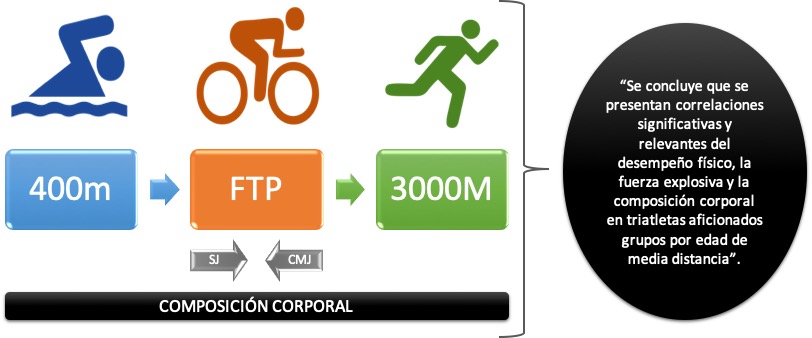
Downloads
Additional Files
Published
How to Cite
Issue
Section
License
Copyright (c) 2023

This work is licensed under a Creative Commons Attribution-NonCommercial-ShareAlike 4.0 International License.
The journal Biotecnia is licensed under the Attribution-NonCommercial-ShareAlike 4.0 International (CC BY-NC-SA 4.0) license.



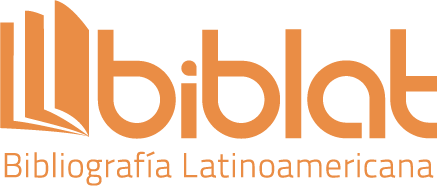
_(1)_(1).png)


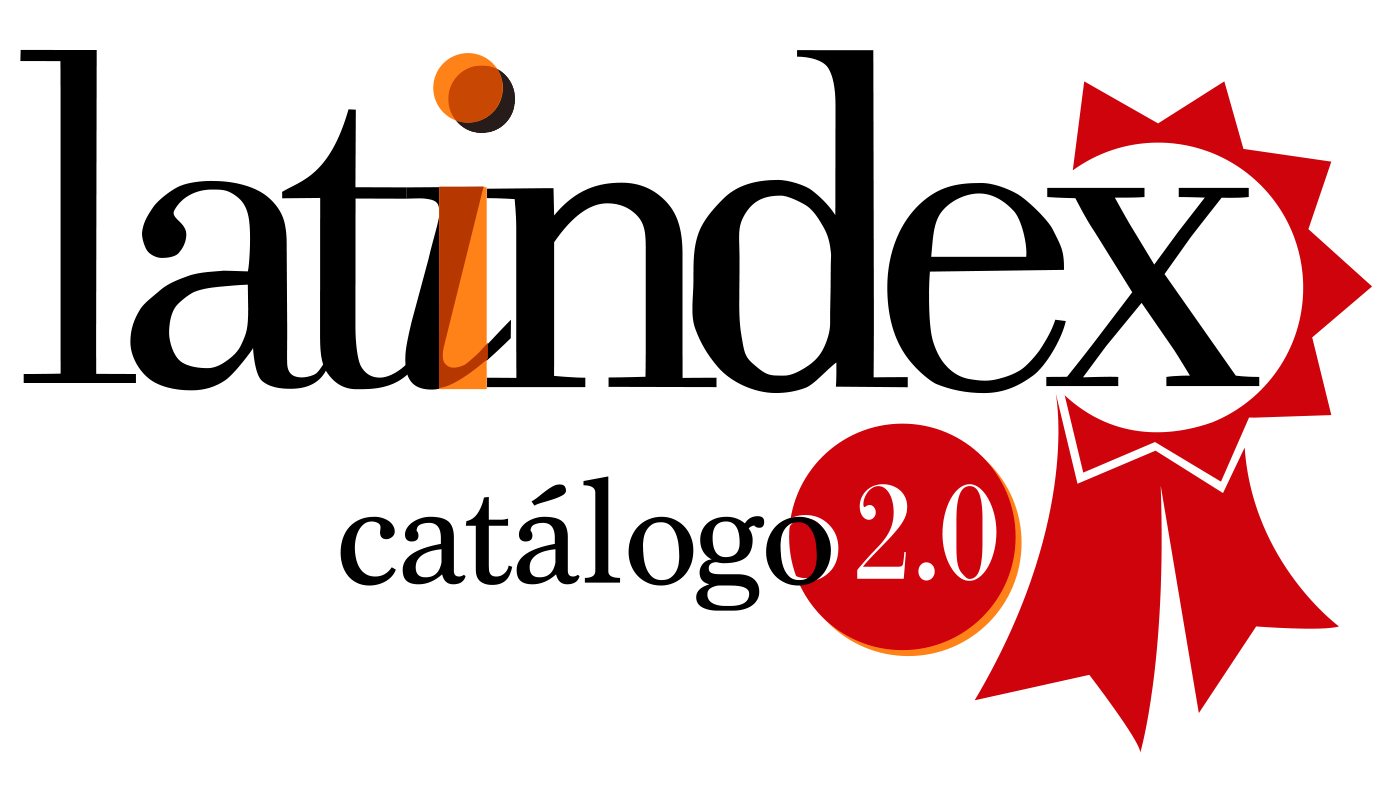

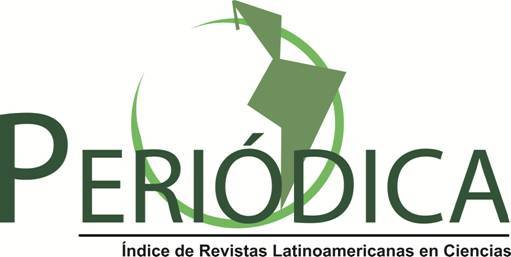

_(2).jpg)


